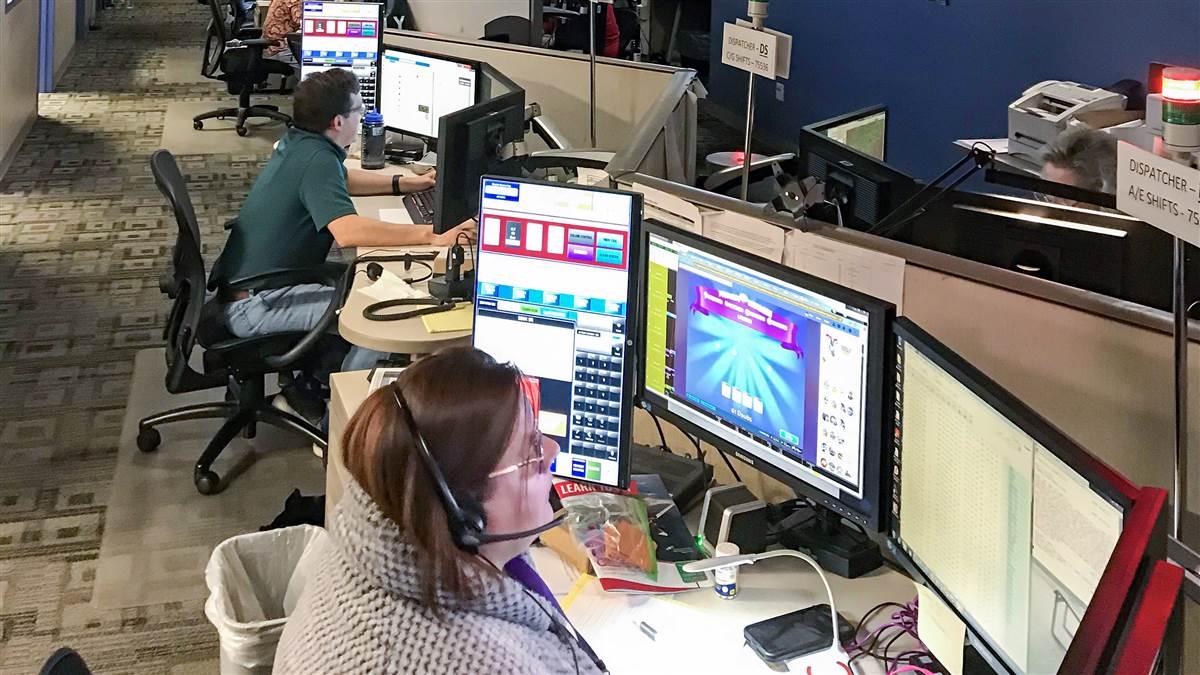Hidden crew
Dispatchers: Airlines’ best-kept secret

Behind the scenes, however, are a vital cadre of folks known as flight dispatchers. They work with airline crews to ensure the safe and efficient conduct of the flight.
“I tell airline pilots where to go, how to get there, and how much fuel to get,” said Krista Morisen, a flight dispatcher with PSA Airlines in Dayton, Ohio. She prepares routes, checks en route weather, and estimates how much fuel an airplane will need to carry. But the job doesn’t end when the wheels leave the ground. Dispatchers remain in contact with each flight, and crews can get in touch via the airplane’s aircraft communication addressing and reporting system so long as they’re above 10,000 feet. Pilots can request weather and/or routing updates and more; if emergency medical services or law enforcement is needed at the destination, a dispatcher will arrange that. One of Morisen’s pilots noticed a caution message on the flight management system. She looked it up in the airplane’s quick reference handbook; the recommendation was to land at the nearest practical airport. The flight happened to be near Akron, Ohio, which is one of the airline’s maintenance bases, so she coordinated the diversion.
It can be a stressful job, particularly on days when weather is a factor. Morisen said she’s juggled as many as 10 to 15 regional airline flights per hour. But there’s a lot of satisfaction that comes from planning the perfect flight and knowing that you were instrumental in getting a planeload of passengers safely and expediently to their destination.



